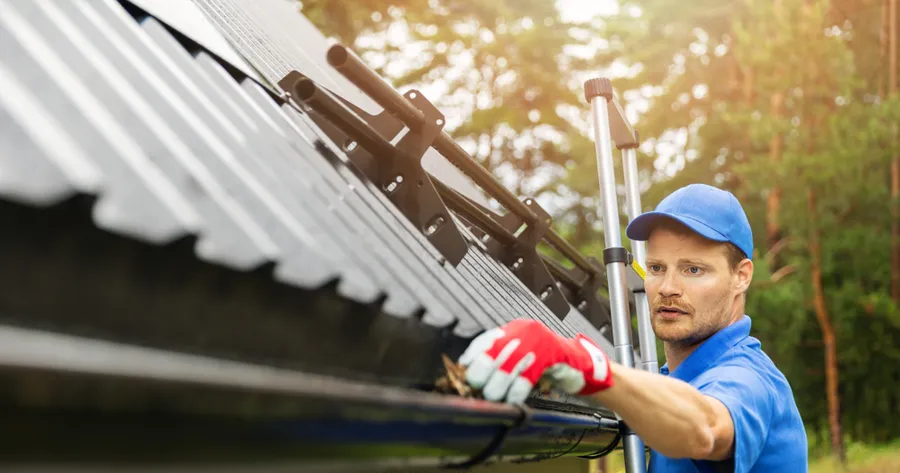Cleaning your drains is essential for maintaining proper drainage and preventing clogs that can lead to costly repairs. Regular maintenance helps ensure that water flows freely and reduces the risk of flooding or water damage.
1. Gather Your Supplies
Before you start, gather the necessary tools and materials:
Rubber gloves
A bucket or container
A plumber's snake or drain auger
A drain brush or old toothbrush
Baking soda and vinegar (optional for cleaning)
A garden hose (if applicable)
A flashlight (for visibility)
2. Identify the Drains to Clean
Determine which drains need attention. Common areas include:
Kitchen sink drains
Bathroom sinks and tubs
Shower drains
Floor drains in basements or laundry rooms
3. Clear the Area
Remove any items surrounding the drain area to ensure easy access. This includes cleaning products, towels, or decorative items. Protect the area with a towel or cloth to catch any spills.
4. Remove Drain Covers or Grates
For drains with covers or grates, carefully remove them using a screwdriver if necessary. Be cautious, as some covers may be sharp or rusted. Clean these covers separately and set them aside.
5. Remove Visible Debris
Using your gloved hands, reach into the drain and remove any visible debris, such as hair, food particles, or soap scum. Place the debris into your bucket for disposal.
6. Use a Drain Brush
For stubborn buildup, use a drain brush or an old toothbrush to scrub the sides of the drain pipe. This will help dislodge any remaining residue. Be thorough, especially around bends and traps.
7. Apply Baking Soda and Vinegar (Optional)
To further clean and deodorize the drain, pour about 1/2 cup of baking soda followed by 1 cup of vinegar into the drain. This combination will fizz and help break down buildup. Let it sit for 15-30 minutes, then flush with hot water.
8. Use a Plumber’s Snake
If the drain is still slow or clogged, use a plumber’s snake:
Insert the snake into the drain and turn the handle clockwise to push it further into the pipe.
Continue until you feel resistance; this indicates you’ve reached the clog.
Crank the snake to break up the clog and pull it back out. Dispose of any debris caught on the snake.
9. Flush the Drain
After clearing the drain, flush it with hot water to remove any remaining debris and cleaning agents. If applicable, run the faucet for several minutes to ensure everything flows freely.
10. Reattach Drain Covers
Once the drain is clean and dry, reattach any covers or grates securely. Ensure they fit properly to prevent debris from entering the drain in the future.
11. Regular Maintenance Tips
To keep your drains in good condition:
Avoid pouring grease or oil down the sink.
Use a drain strainer to catch food particles and hair.
Schedule regular cleanings every few months, or as needed.
Conclusion
Cleaning your drains is a straightforward process that can save you from more significant plumbing issues down the road. By following these steps and maintaining a regular cleaning schedule, you can ensure that your drains remain clear and functional. Remember, proactive care is key to preventing clogs and ensuring efficient drainage in your home.





